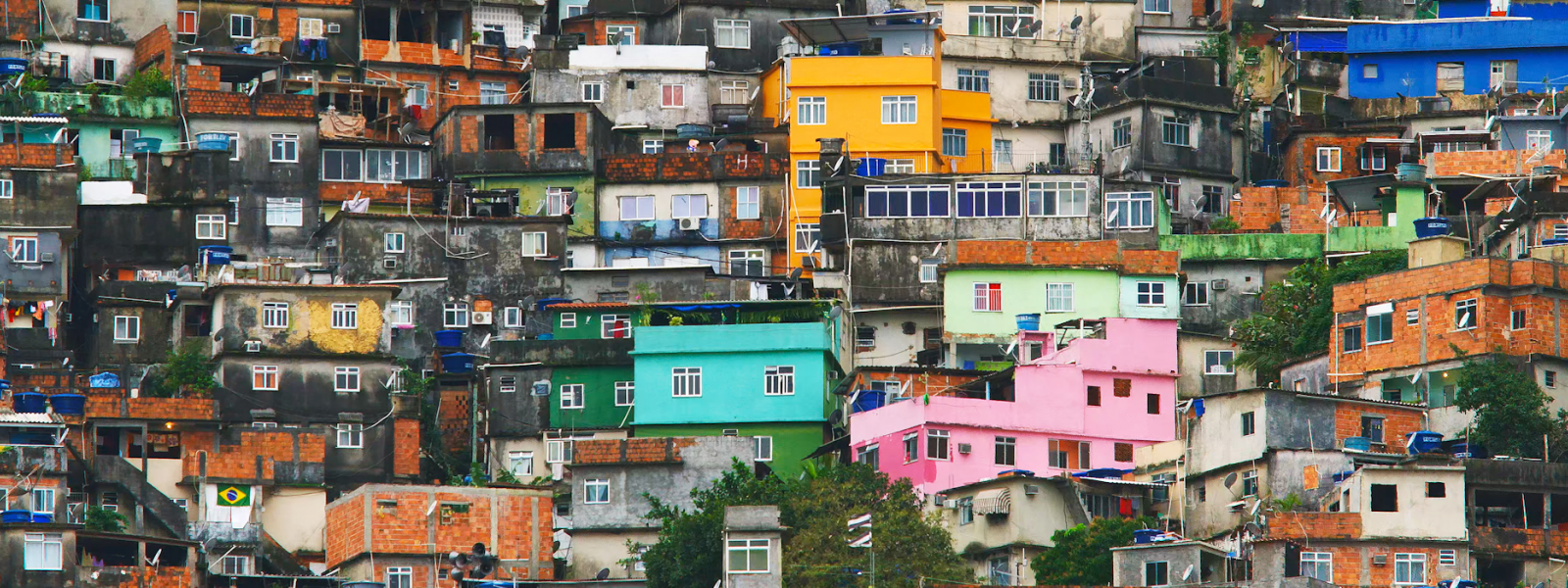Slums and Pandemics
How do slums shape the economic and health dynamics of pandemics? A difference-in-differences analysis using millions of mobile phones in Brazil shows that residents of overcrowded slums engaged in less social distancing after the outbreak of Covid-19. We develop and calibrate a choice-theoretic equilibrium model in which individuals are heterogeneous in income and some people live in high-density slums. Slum residents account for a disproportionately high number of infections and deaths and, without slums, deaths increase in non-slum neighborhoods. Policy analysis of reallocation of medical resources, lockdowns and cash transfers produce heterogeneous effects across groups. Policy simulations indicate that: reallocating medical resources cuts deaths and raises output and the welfare of both groups; mild lockdowns favor slum individuals by mitigating the demand for hospital beds, whereas strict confinements mostly delay the evolution of the pandemic; and cash transfers benefit slum residents to the detriment of others, highlighting important distributional effects.
